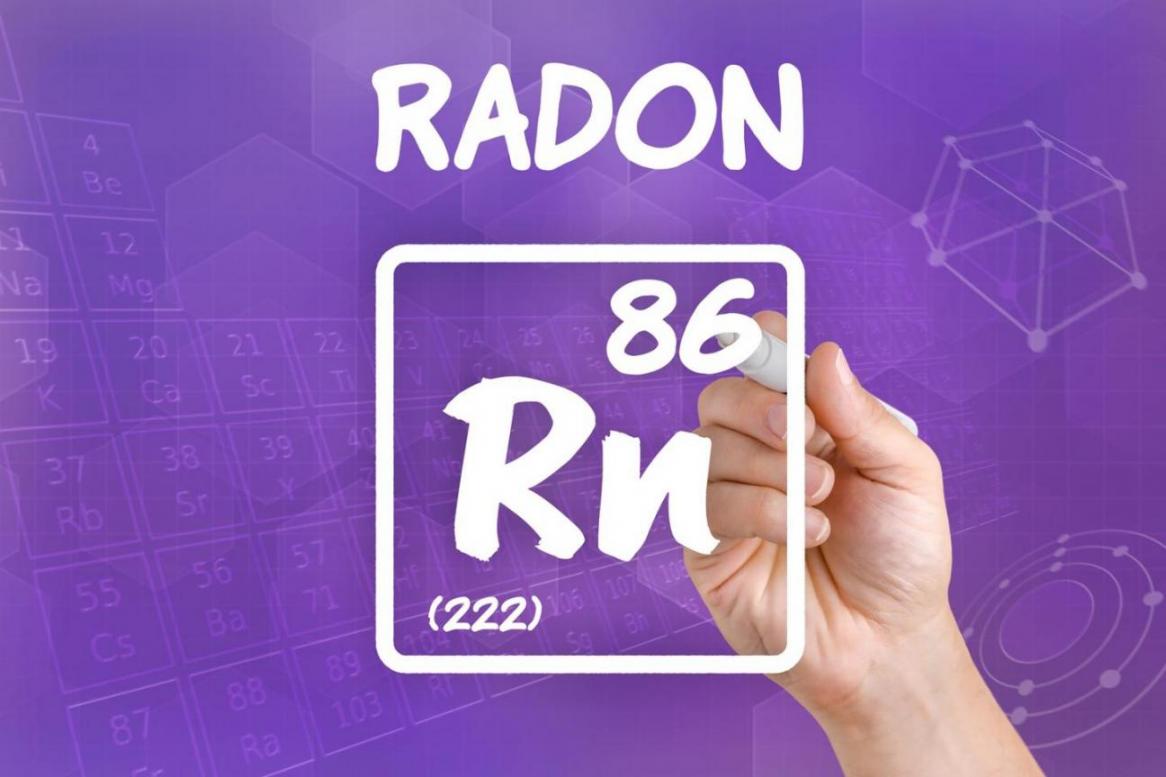Two years after commencement of the national home radon testing project in Alborz Province under the supervision of the Health Ministry and universities of medical sciences, the plan is receiving bizarre response in Tehran.
The project plans to create a national database on radon concentration, but Tehranis are refusing to keep the testing kit in their homes for the required period, Fararu website reports.
In 2013 when the Health Ministry decided to measure the percentage of home radon in every province, those familiar with the deadly gas expressed support for the nationwide project.
Radon is a radioactive chemical element formed by the natural decay of uranium in soil and rock. It can seep into buildings through foundation cracks and other openings. Without proper ventilation, radon concentrations in indoor air can reach dangerous levels. Building materials can also cause radon problems.
Easy to ignore due to its colorless, odorless and tasteless nature, radon exposure is the leading cause of lung cancer among non-smokers. According to the BC Lung Association in Canada, a person exposed to high levels of radon has a one in 20 chance of developing lung cancer.
The main purpose of the project is to learn about the types of homes with high radon levels and to formulate appropriate health policies, building materials’ standards, initiate early intervention as well as educating people on what action to take if exposed to high levels of the gas.
“We never expected the impasse given the huge number of educated people in the capital,” said Dr. Narges Zare’dar, the project manager.
Residents in the capital have odd illusions about the testing kit. “Some believe it poses a health threat, while others think it is ‘an instrument of espionage’.”
Testing Kit
The radon kit is actually a circular plastic container with a polycarbonate film inside. It is placed in the basement or first floor of buildings for at least three months. Each time radon passes through the film, it registers a spot, later counted by specialized devices to determine the amount of radon in the building. Two sets of kits are installed in each designated building; one to be examined in the country, and the other to be sent overseas for analysis. The specialized counting devices are imported from England.
To have all-inclusive data on radon levels in Tehran, 1000 samples must be collected at specific intervals. So far only 332 have been collected.
Several methods exist to reduce radon in homes. In addition to a proper ventilation system and leaving windows open on a daily basis, a vent pipe system and fan which draws radon from beneath the house and releases it outside is a common method and does not require major structural changes to install.
Zare’dar says a part of the problem is that people do not understand the gravity of the project as they are often ignorant about the harmful nature of the noble gas.
“People can be protected against the gas by simply cooperating in the project,” she stressed.
Although radon diminishes to safe levels outside, it can build up to high levels when trapped inside a home and over time, cause long-term health problems. It is also not distributed evenly in nature and can accumulate in certain regions or be scarce in others. Ramsar in Mazandaran Province has the highest concentration among the cities tested so far.
Tehran appears to have had the lowest rate of participation in the project that could help save lives annually. Tabriz in East Azerbaijan Province and Urumia in West Azerbaijan Province have the most fervent participants.


